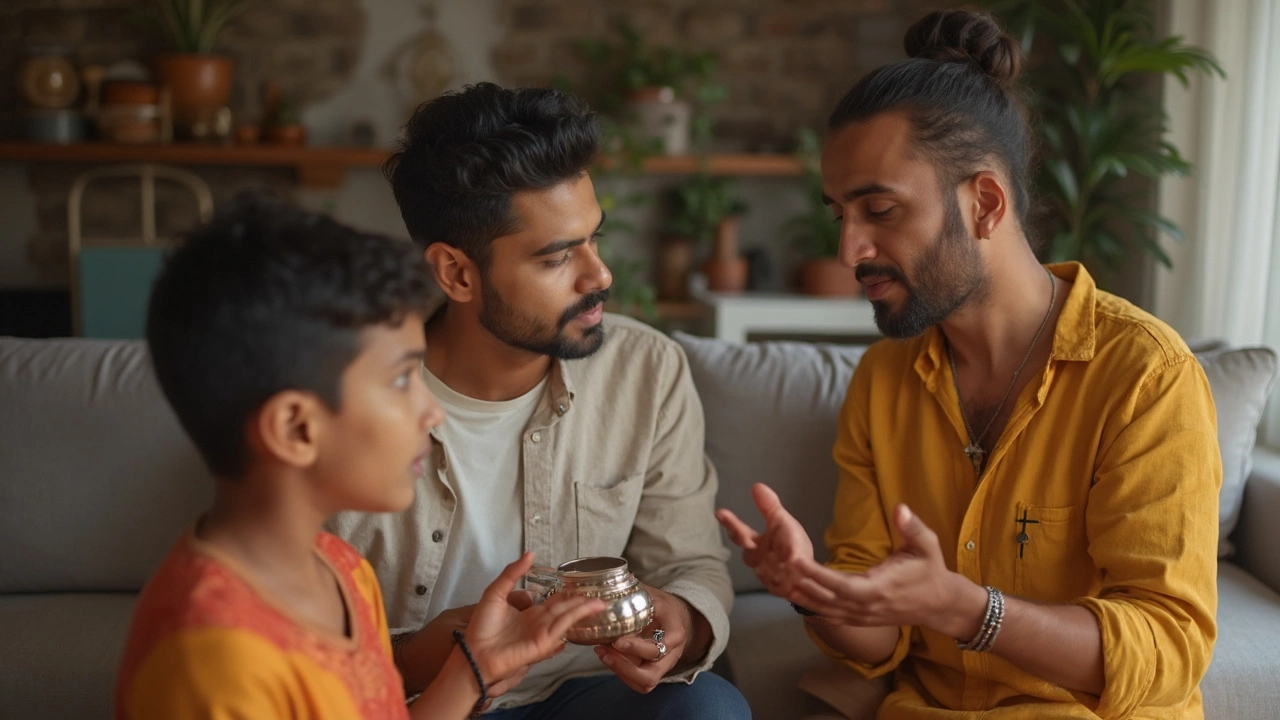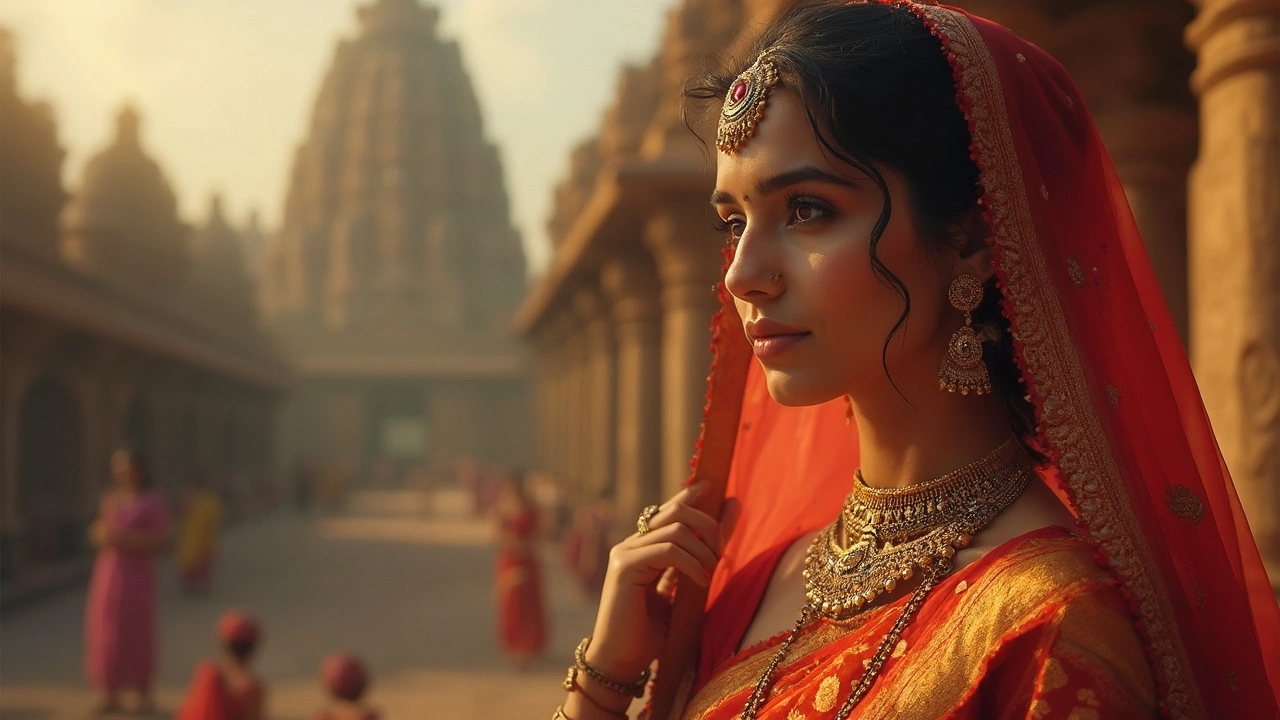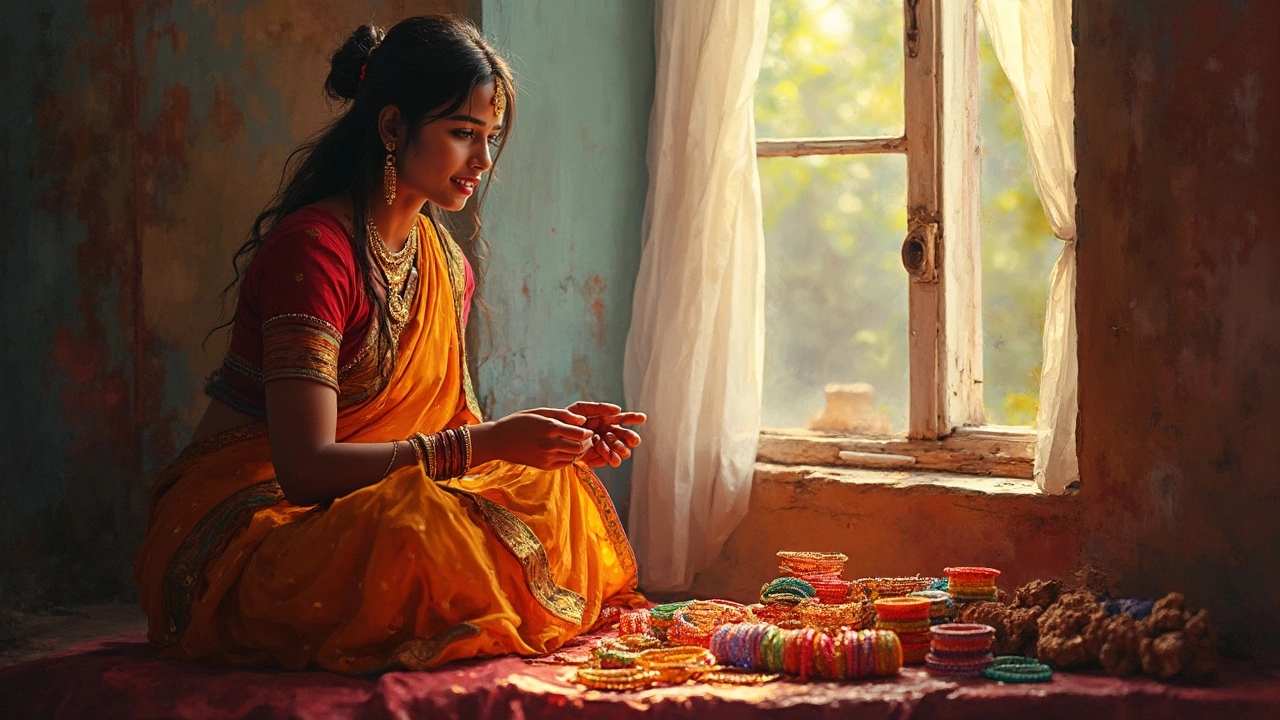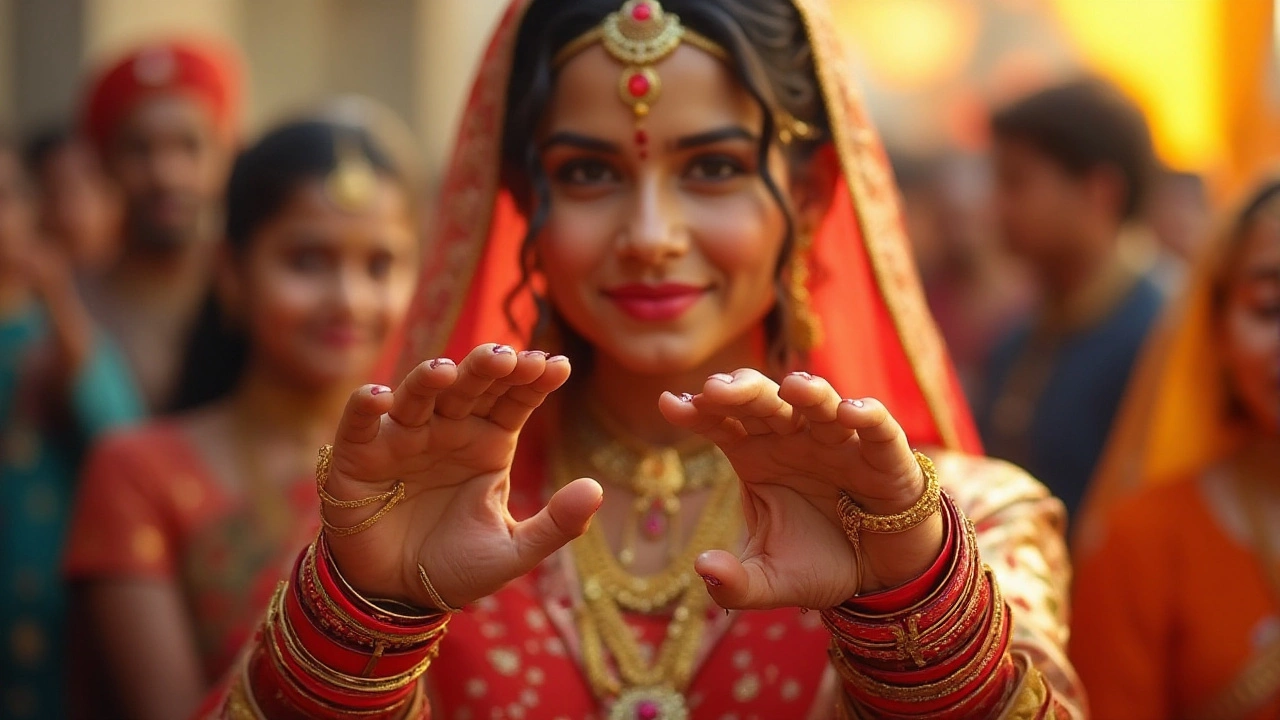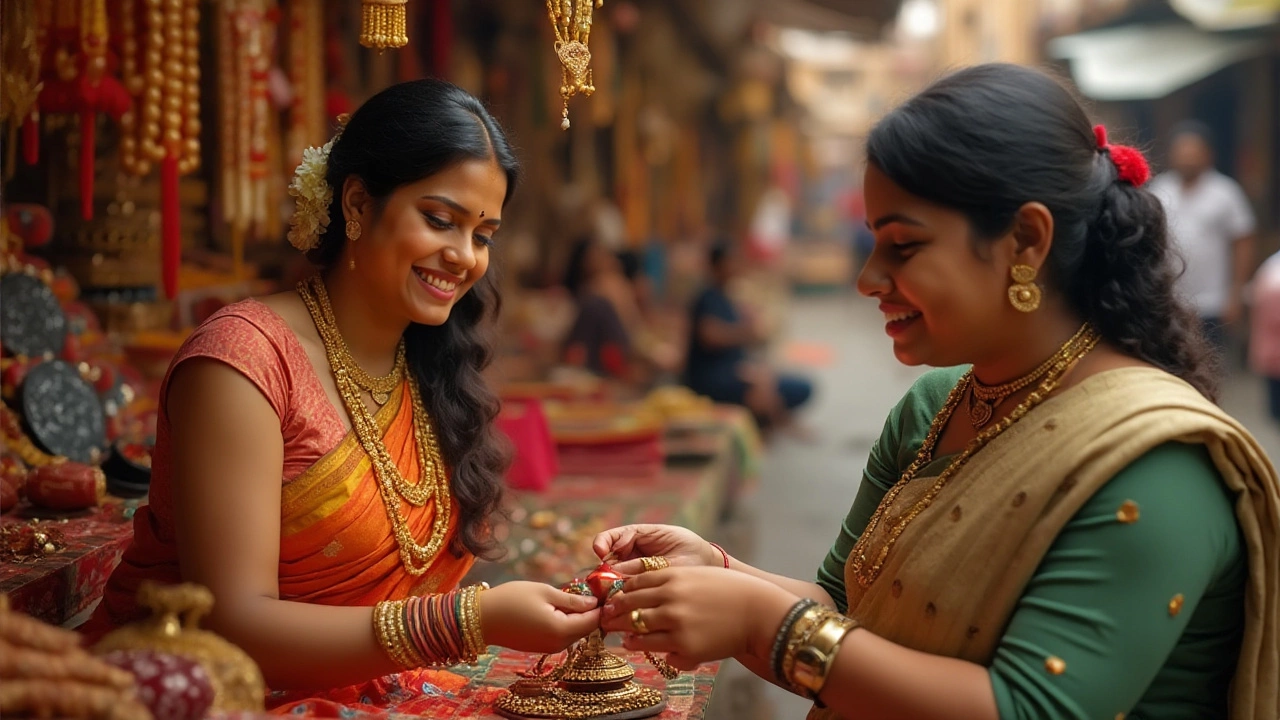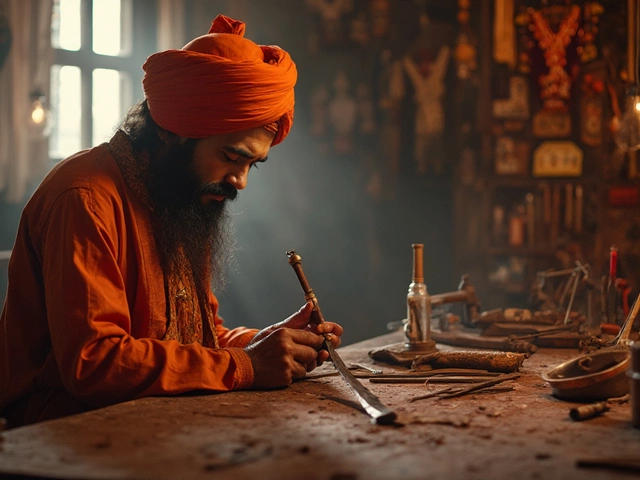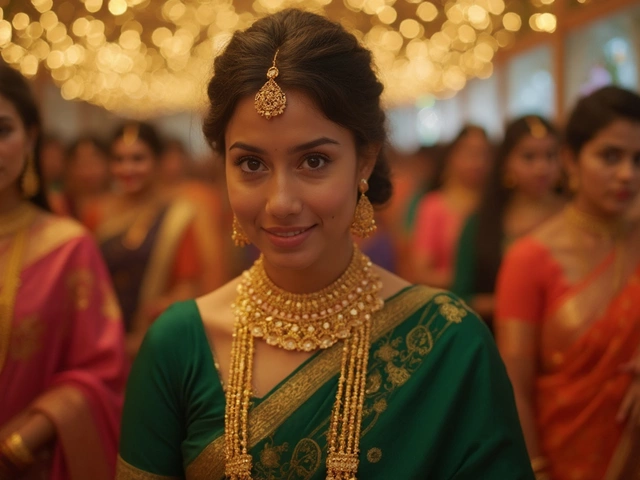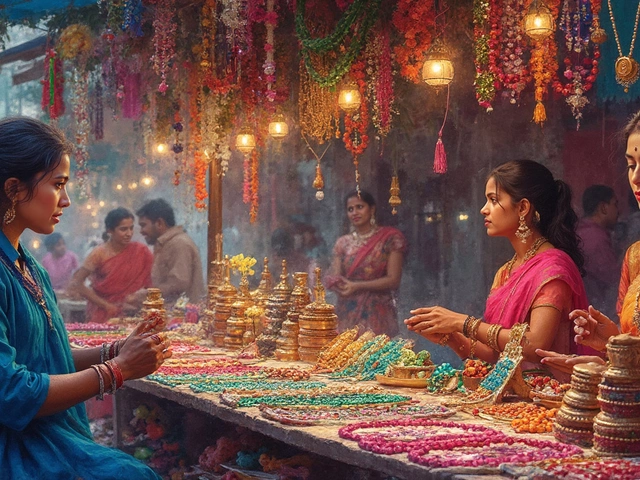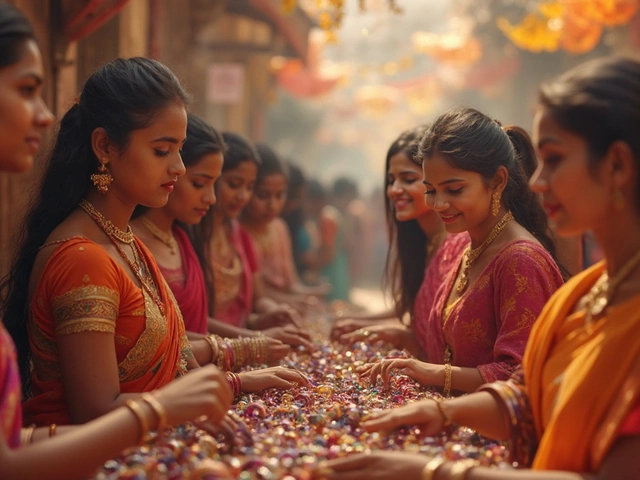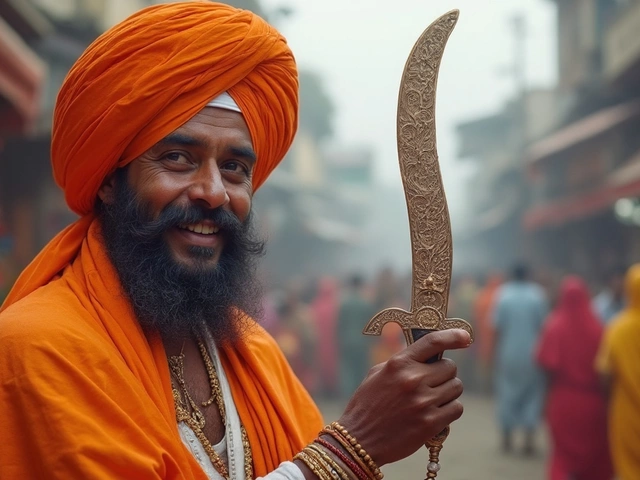Cultural Jewelry: Heritage, Meaning & Modern Style
When you look at a piece of Indian jewelry, you’re not just seeing metal or stones – you’re seeing a story. From ancient temples to today’s runway, cultural jewelry carries rituals, family ties and personal pride. Let’s break down why these pieces matter and how you can make them part of your everyday look.
Traditional Roots
Most Indian jewellery started as a sign of status or a religious offering. Think of the heavy gold bangles worn by brides in Rajasthan – each clink celebrates marriage and fertility. Nose studs, especially the tiny “nath” in the south, began as a mark of womanhood and are still tied to festivals like Navratri. Even colors have meaning: black beads in a mangalsutra are believed to ward off evil, while red gemstones symbolize love.
Region matters too. Jaipur is famous for its Kundan work, Surat for its pearl strings, and Tamil Nadu for intricate temple jewellery. When you buy a piece, you’re also picking up a slice of that city’s craft legacy. The designs often follow ancient texts, so a simple motif can trace its roots back to Hindu scriptures or Mughal court art.
Modern Twists
Today designers mix old symbols with new materials. A classic gold mangalsutra might have a slim diamond pendant, or a traditional jhumka could be re‑imagined in rose gold with a sleek silhouette. You’ll see street‑style influencers pairing chunky black bangles with casual tees, proving that cultural pieces can fit any wardrobe. The key is balance – keep the meaningful element, like a traditional motif, and let the rest speak contemporary.
Online platforms, including RH Jewellers, make it easier to find authentic pieces that respect heritage while offering fresh looks. Look for BIS hallmarks, clear purity stamps, and descriptions that explain the symbolism. That way you know you’re getting both quality and cultural value.
If you’re hesitant about wearing something that feels “too traditional,” start small. A simple gold nose pin or a pair of emerald‑studded earrings can add a cultural touch without overpowering your style. Pair them with neutral outfits, and you’ll notice the subtle boost in confidence that comes from carrying a piece of history.
Remember, cultural jewelry isn’t just for special occasions. It works as everyday armor – a reminder of where you come from and the values you hold. Whether you choose a classic gold chain, a set of black‑beaded bangles, or a modern twist on a traditional design, you’re celebrating a living tradition.
So next time you shop, ask yourself: what story does this piece tell? If the answer feels right, it’s probably the perfect addition to your collection. Happy hunting, and enjoy wearing a piece of culture every day!.
Can Christians Wear Kada? Breaking Down Faith, Culture, and Traditions
Wondering if Christians can wear a kada? This article gets straight to the point, exploring whether it's okay for Christians to wear this traditional Indian bracelet. We look at what a kada means, what different Christian communities think, and how people balance faith with cultural practices. You’ll also get practical tips for making thoughtful decisions about wearing religious or cultural jewelry. If you’ve ever been confused about mixing belief and tradition, here’s what you need to know.
Which Religion Wears Mangalsutra? Unraveling the Cultural Significance
The mangalsutra, an important symbol in Hindu marriages, holds deep cultural significance beyond just a piece of jewelry. This article explores which religions and communities traditionally wear the mangalsutra, and its evolving design over time. It dives into why the mangalsutra continues to be cherished, touching on the emotions and beliefs tied to this sacred necklace. If you're curious about its origins, symbolism, or current trends, you'll find everything you need right here.
Why Hindus Wear Bangles: Tradition and Significance
Bangles are more than just decorative items in Hindu culture—they symbolize various aspects of life including marriage, health, and spiritual beliefs. Worn prominently by women, these colorful bracelets are crafted from various materials like glass, gold, and silver. Understanding their significance can offer a deeper appreciation of their cultural roots. This long-read explores why Hindus wear bangles, their traditional importance, and interesting facts about their use in everyday life.
Significance of Wearing Bangles in Punjabi Culture
Punjabi bangles hold immense cultural and personal significance in the vibrant tapestry of Indian traditions. These shimmering circles are more than just accessories; they symbolize prosperity, good fortune, and marital bliss for women. Associated deeply with the Sikh community, Punjabi bangles come in different styles and materials, each with unique meanings and stories. From weddings to daily wear, bangles add a touch of tradition to both festive and everyday occasions.
Can Christians Embrace the Tradition of Wearing Mangalsutra?
The article explores whether Christians can wear a mangalsutra, a symbolic piece of jewelry traditionally worn by Hindu women. It examines cultural perspectives, religious beliefs, and modern practices related to this custom. With insights into how traditions can blend in today's multicultural societies, it also looks at design variations that cater to diverse preferences. The piece aims to provide an understanding of the significance and versatility of the mangalsutra across different cultures.
